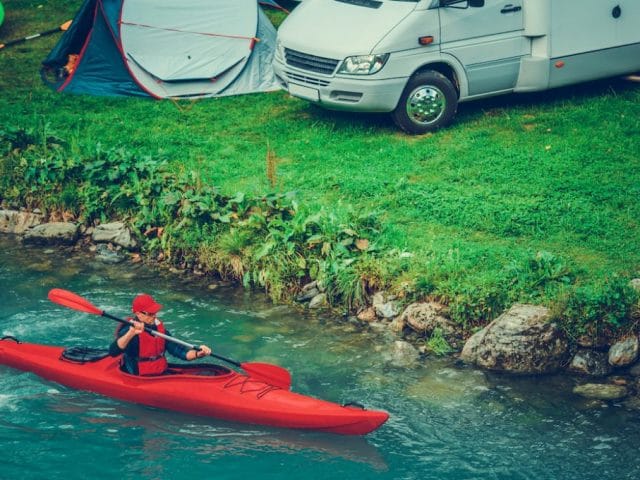If you’re a new boat owner, you probably have a lot of questions. It doesn’t matter if you purchase a new or used boat; everyone needs to become familiar with bilge pumps. From what they are to what they do and how to choose one, let’s review everything you need to know about boat bilge pumps.
What is a Bilge Pump?
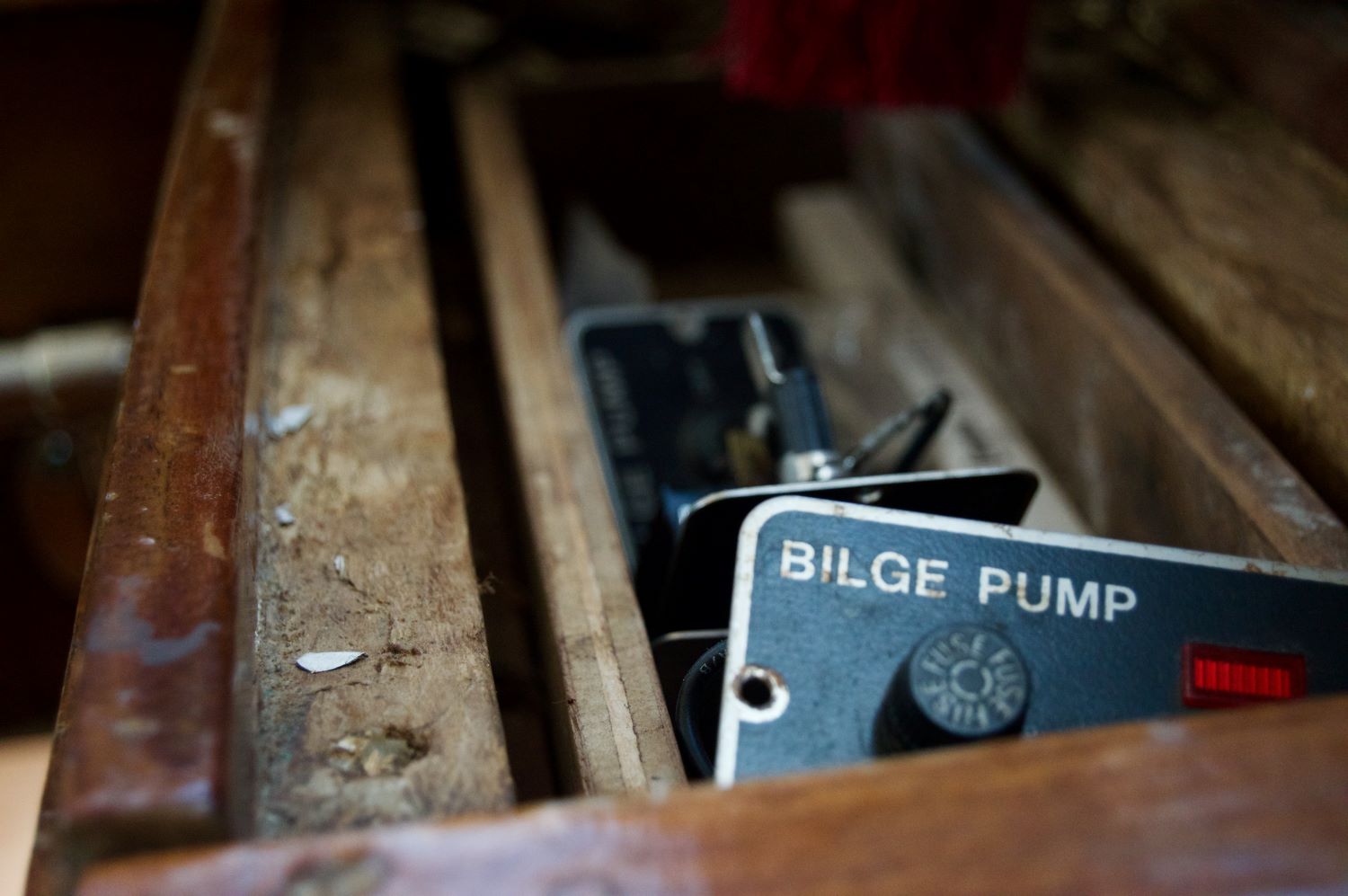
A boat bilge pump is a device that removes water from the bilge area of your boat. If you’re unfamiliar with the term bilge, it simply means inside of the hull. Water collects in the bilge area of almost every boat for one reason or another. It doesn’t have to be a hole in the hull; many causes exist.
- Rainwater
- Water from Cleaning
- Draining Coolers
- Emptying Live Wells
- Leaks
Although it’s normal for water to end up in the bilge area, it should not stay there. You need to remove the water when levels get high, and that’s what a bilge pump is for. There are many different types and sizes of boat bilge pumps and switches. It’s important to choose the right one, as the wrong choice could result in calling your insurance agent to tell them your boat is at the bottom of a lake.
Do All Boats Need a Bilge Pump?
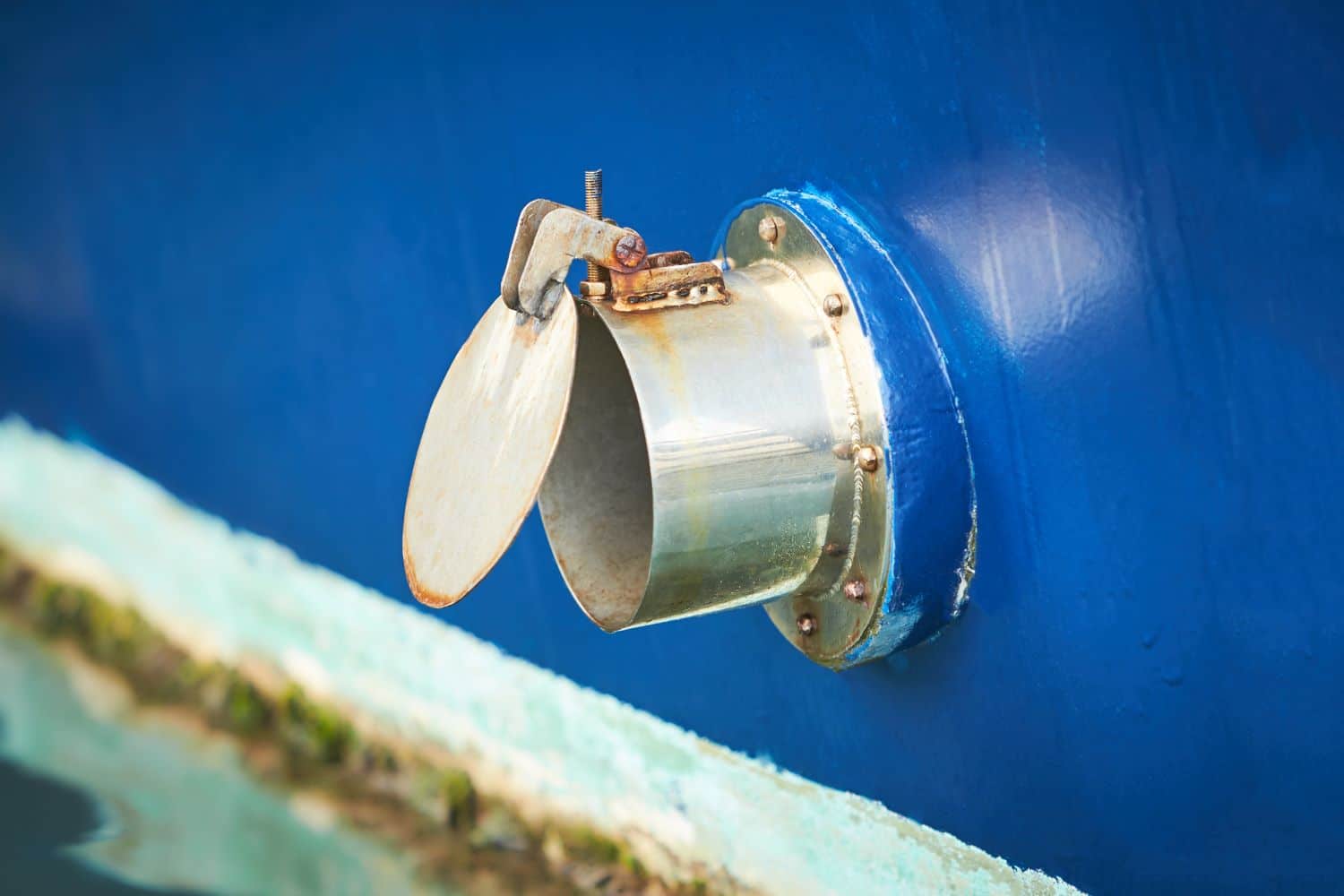
Yes, all boats should have a bilge pump of some sort. It’s even a law in many states and on certain waterways. Bilge pumps are needed in emergencies and for normal day-to-day use. For larger boats, there could even be multiple bilge pumps used for different compartments in the bilge area and for backup use. It doesn’t matter what type of boat or how you use it, you should have a boat bilge pump on board.
Manual versus Automatic Bilge Pumps
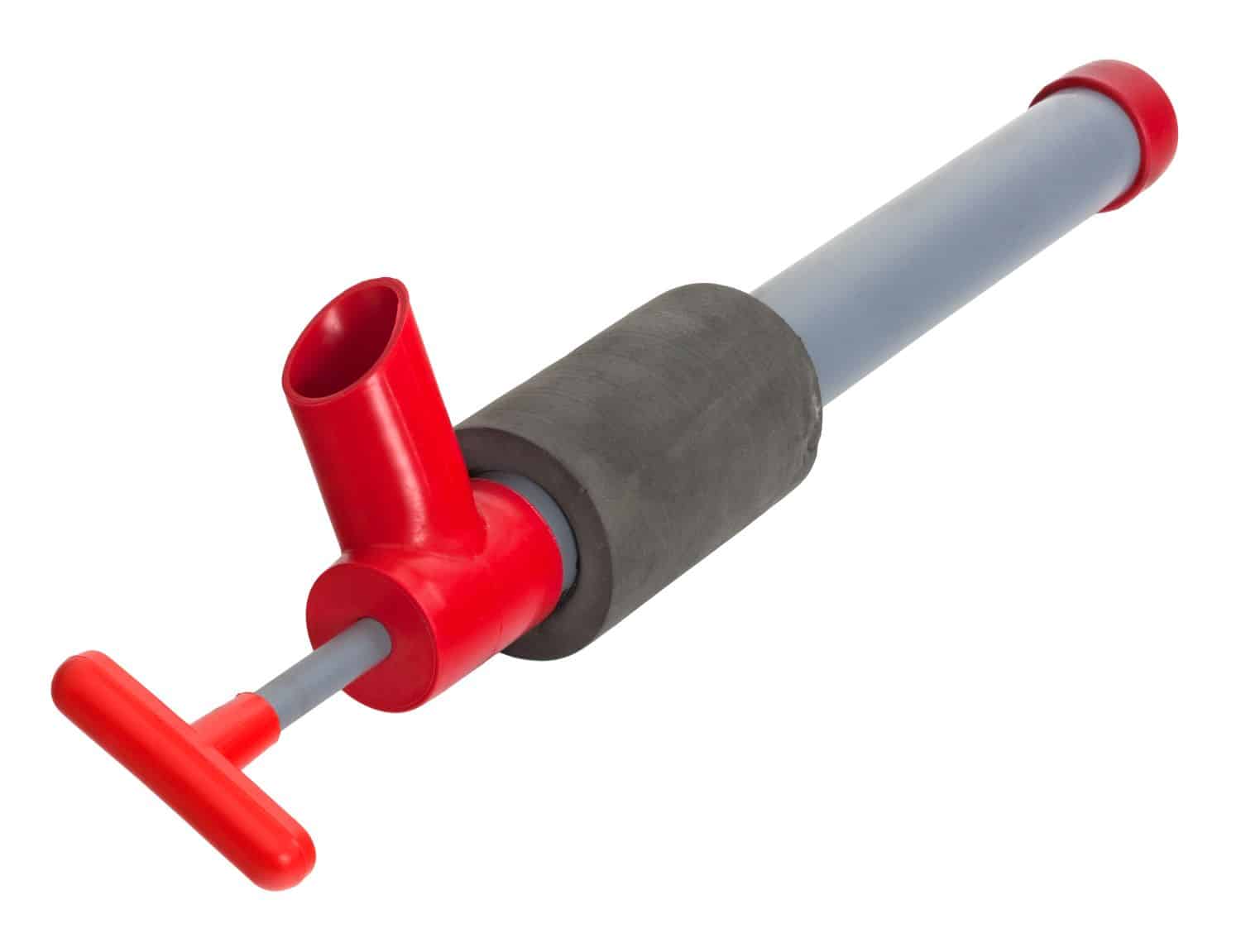
Bilge pumps can either be manual or automatic. Manual bilge pumps are hand-operated, meaning no electricity or motor drives them. You’ll typically only see this type on small watercraft such as kayaks and canoes. They are offered in both a diaphragm and piston style.
Automatic bilge pumps are powered by an electrical current. This is a much more common style of bilge pump and is used on almost all watercraft with an on-board battery. These are more complex than the manual style, with different types, sizes, ratings, and controllers.
Types of Automatic Bilge Pumps
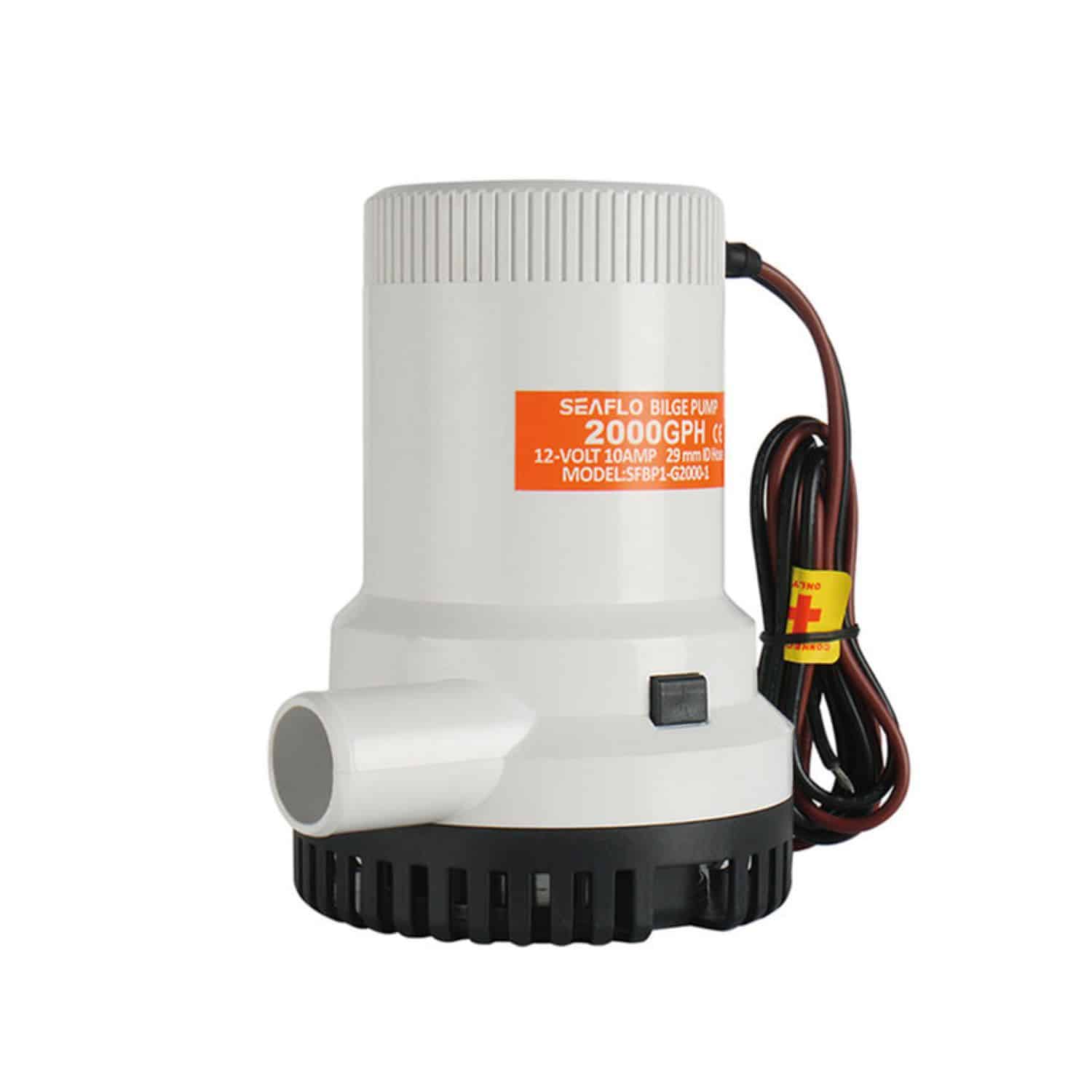
You’ll typically see automatic bilge pumps offered in two styles: centrifugal and diaphragm.
Centrifugal – Centrifugal boat bilge pumps are the most common. They use an impeller to force water up and out of the boat.
| Pros: | Cons: |
| Moves Large Volumes of Water | Poor Uphill Performance |
| Handles Small Debris | Not Self-Priming |
| Cost Effective | Can’t Remove All Water from Bilge |
| Great for Large Ships | Bad for Small Ships |
Diaphragm – Diaphragm bilge pumps use a valve to remove water. It pulls water in when the valve opens and expels it when it closes.
| Pros: | Cons: |
| Great Uphill Performance | Poor Flow Capacities |
| Self-Priming | Cannot Handle Debris |
| Manual Option | Bad for Large Ships |
| Great for Small and Medium Ships |
Self Priming – Self-priming simply means the pump does not need to be submerged to operate. If you operate a non-self-priming pump out of water, you can cause damage.
Automatic Bilge Pump Switches
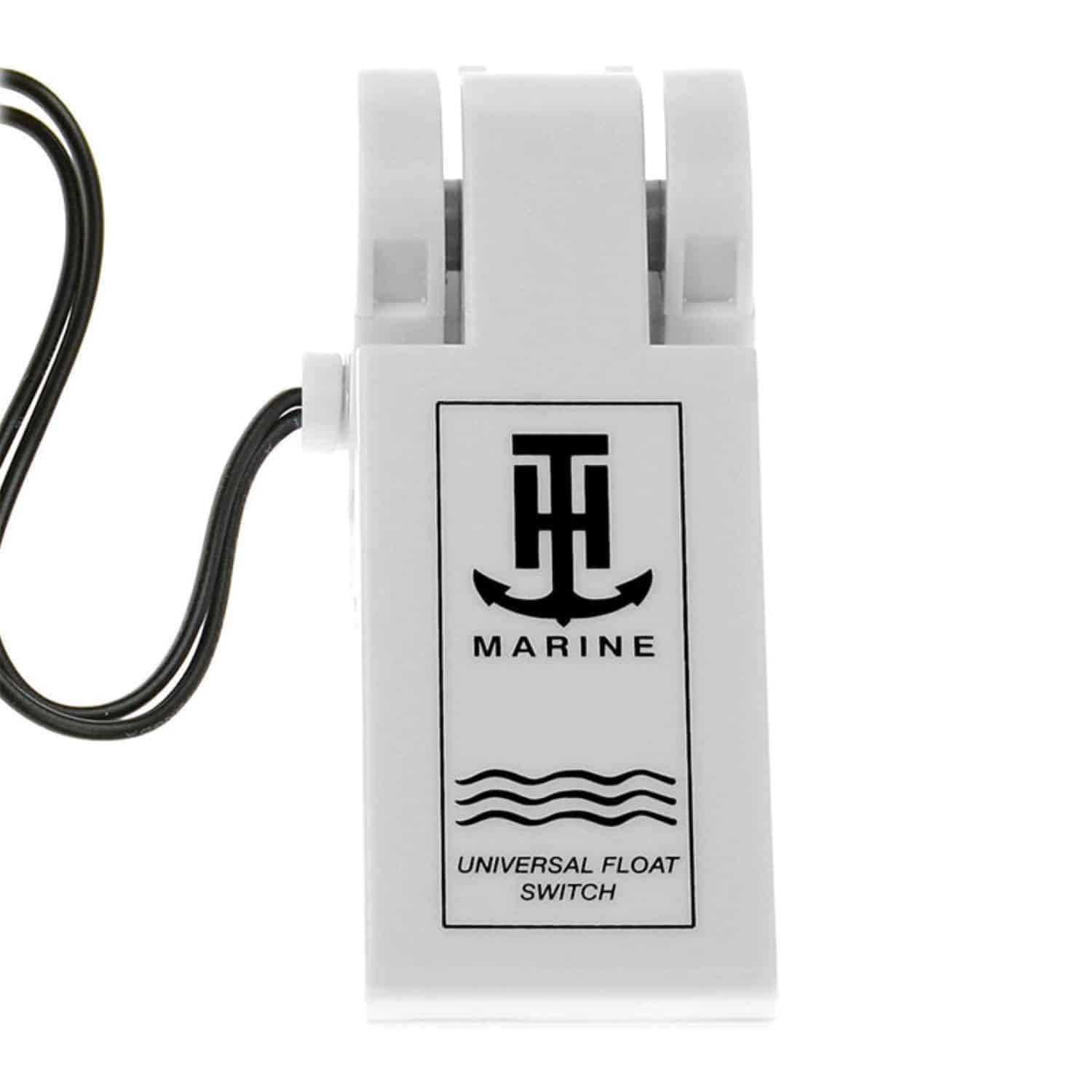
There are more ways than one to operate an automatic bilge pump; most use a switch. A manual switch requires user activation. This means you’ll have to monitor your bilge frequently to ensure water does not rise to an unsafe level.
A float switch does not require user activation and turns on when water rises above a certain level. The float switch is located in the bilge with the pump and adjusted for proper height activation.
Most commonly, you’ll find that boats come with both a manual and float switch. This lets you turn the pump on manually when needed or rely on the float switch.
How to Choose a Bilge Pump
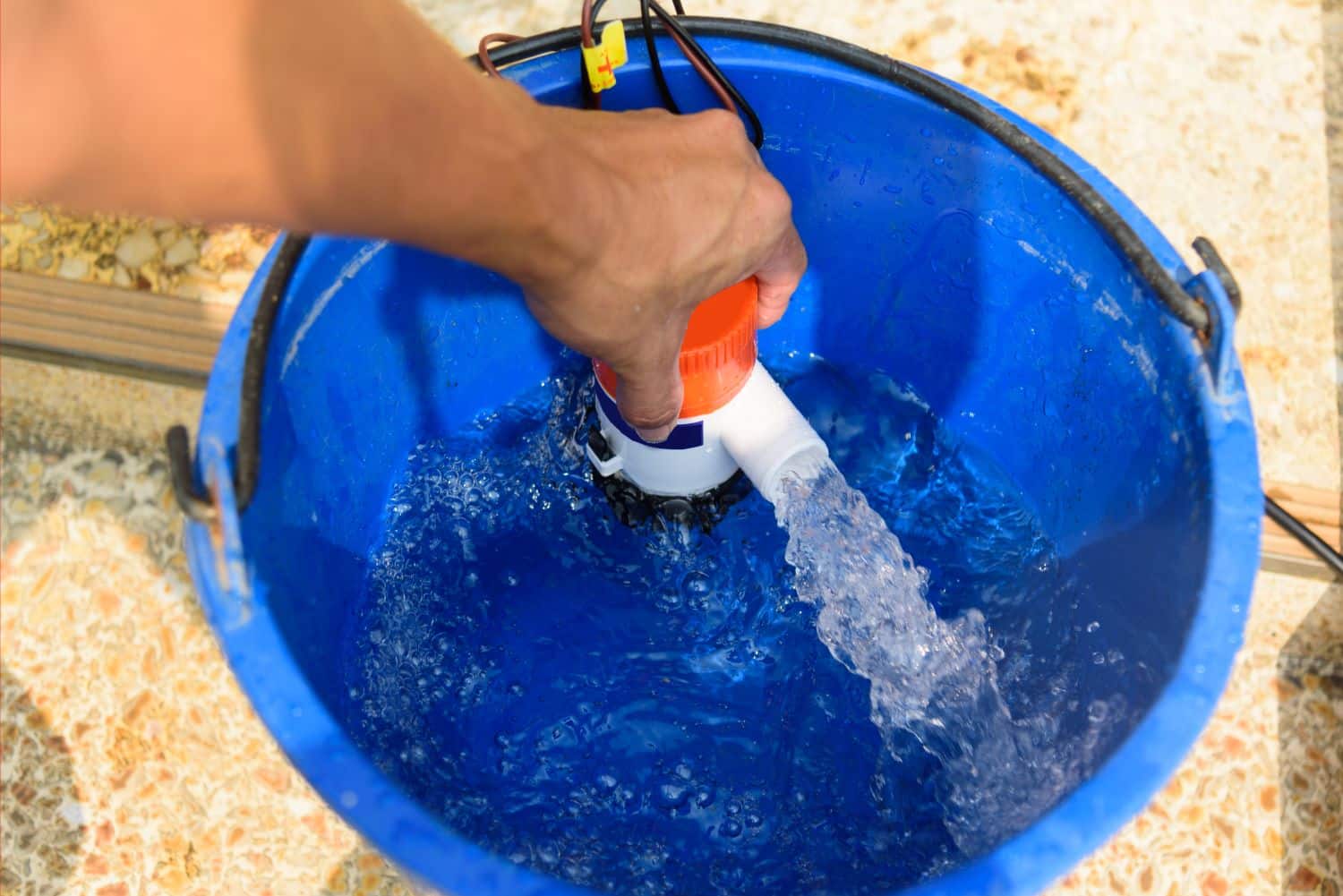
Factors that go into selecting the correct bilge pump once you determine what type you need are GPH and boat length.
Gallons Per Hour (GPH)
Boat bilge pumps are rated by gallons per hour, known as “GPH.” This relates to how much water the pump can remove in one hour, measured in gallons. The listed GPH rating, however, is not always the true rating. Factors such as head, the distance between the bilge and outlet, hose type, and hose length play significant roles in the pump’s ability to remove water.
Generally, you can factor the pump’s efficiency at 60% of the listed rating. For example, a pump rated at 1,000 GPH has a true efficiency rating of around 600 GPH.
Boat Length
The boat’s length also plays a role in selecting the correct pump. A longer boat will require a higher-rated pump as there is more area to remove water from. Here are some recommended pump sizes based on boat length.
| <20’ | 700-1,000 GPH |
| 20-25’ | 1,000-1,400 GPH |
| 26-30’ | 1,200-1,600 GPH |
| 31-35’ | 1,400-1,800 GPH |
| 36-40’ | 1,600-2,200 GPH |
| 41-45’ | 2,000-4,000 GPH |
How to Install a Bilge Pump
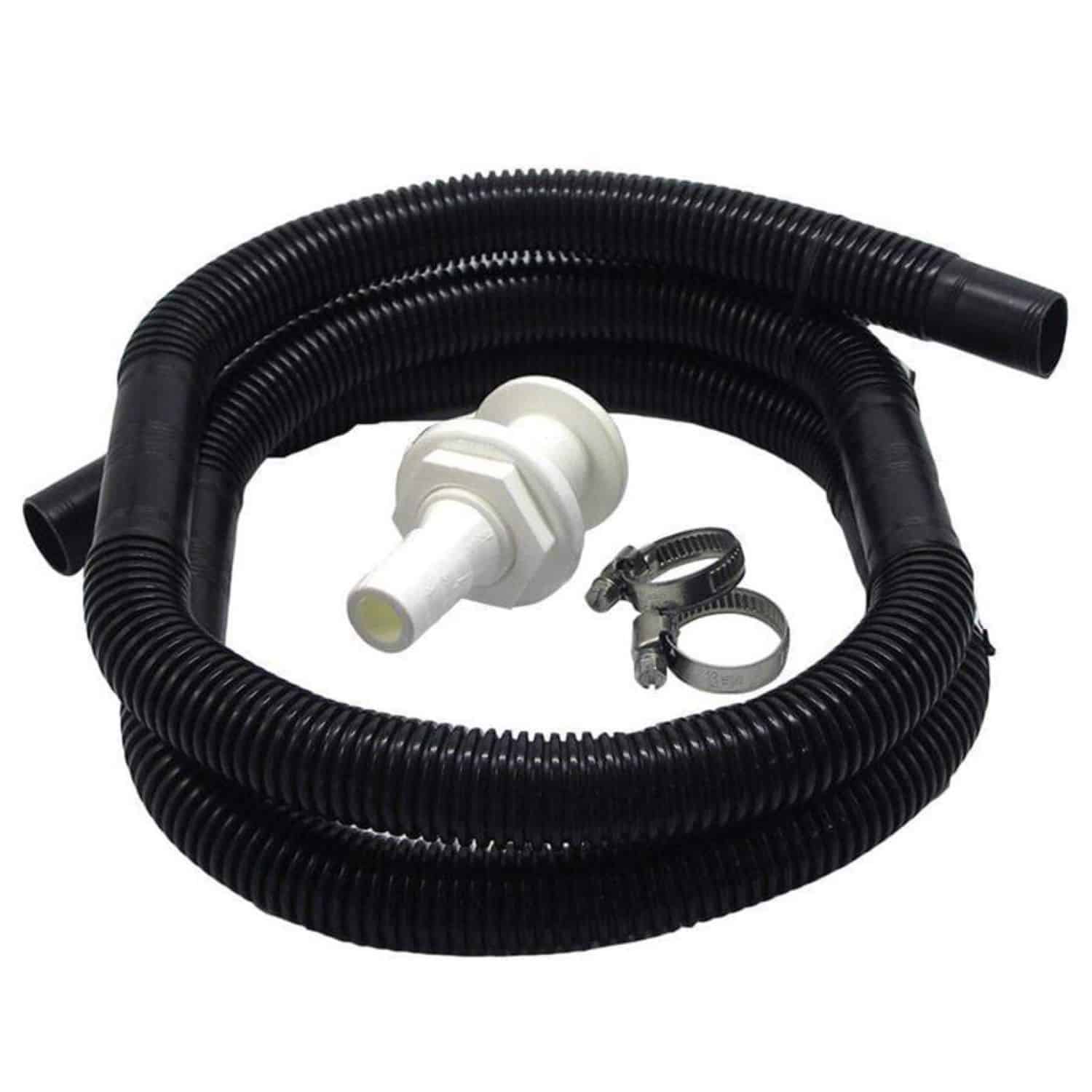
The installation of a bilge pump will vary by boat and pump type. However, there should be at least one at the lowest point of the bilge. If the boat is large enough and there are multiple compartments, you could have one in each area.
Step 1: Mount the Pump
Once you’ve determined the lowest point in the bilge, position the pump directly against the hull. Mount the pump using a bracket or nearby structure.
Step 2: Mount Float Switch (If Applicable)
The float switch will also need to be fastened inside the bilge. Refer to your instructions on placement and how to secure.
Step 3: Route Hoses
Smooth hoses are best as corrugated hoses can reduce pump output. Route hoses to the nearest exit, whether that be the side of the hull or the transom. Long stretches of hose can also reduce pump capacity. Don’t loop hoses; if necessary, adjust the pump for better routing angles. The discharge must be above the waterline, or water can get in through the outlet and damage the pump.
Step 4: Wire Power
Use only marine wire when routing power to and from the pump and switch. Since most pumps draw upwards of 10 amps, you’ll need to use a larger gauge, usually 10-gauge or 8-gauge wire. All connections must be sealed with heat shrink or other watertight connectors.
Step 5: Test Function
Once all your connections are made and there’s power at the pump, place water into the bilge and watch for activation. If there is no activation, check the fuse and battery level. If the pump engages and water flows freely, you’re ready to go!
A bilge pump is a vital piece of equipment for every boat. It should be incorporated into your pre-launch checklist as you do for your drain plug and life jackets. Knowing what the pump does and how it works will help you become a better boater.
Check out some of these other articles about your boat:
- How to Choose a Boat Transducer
- What You Need to Know About Replacing Boat Trailer Lights
- The Basics of Choosing Marine Speakers for Your Boat
- Overton’s Annual Outboard Engine Maintenance Guide
Let us know in the comments below if you’ve ever replaced the bilge pump on your boat.



